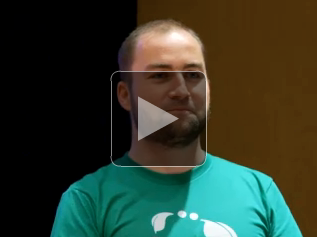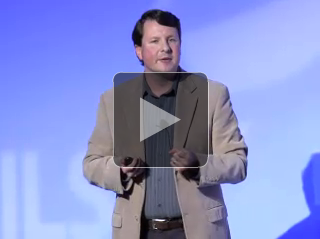Video: SpringOne 2GX - Introduction to Spring Data Neo4J
Here is another great session from SpringOne 2GX 2011, this time covering one of the Spring Data projects. This video presentation is by Michael Hunger, Software Developer for Neo4J Technologies, and he provides an Introduction to Spring Data Neo4J. Michael covers
- A NoSQL overview and the basics of the Spring Data projects
- Graph databases and an introduction to Neo4J
- An introduction to Spring Data Neo4J and code examples about how to use it in your applications
Many thanks to InfoQ for coming to Chicago to record so many of the fantastic SpringOne 2GX presentations.


